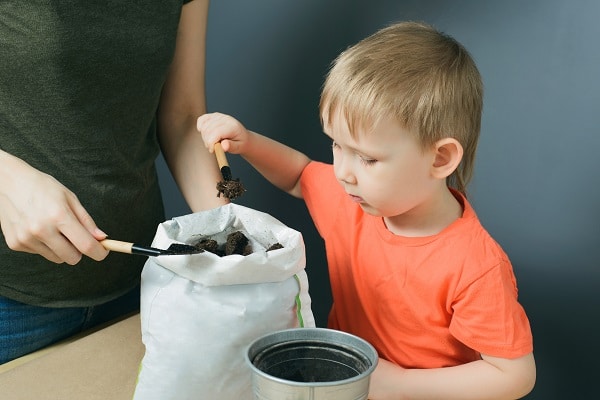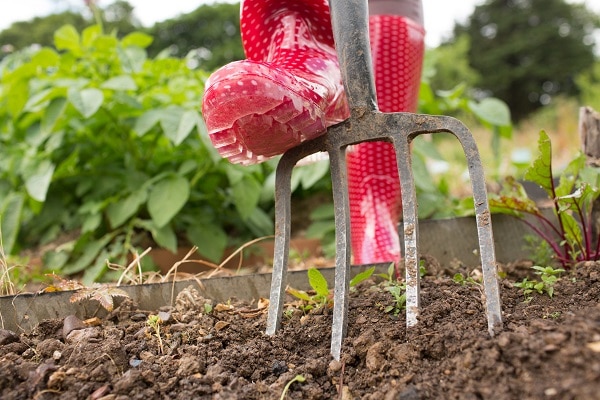The weather is warming up, days are getting longer, and the landscape is starting to show signs of greening. All telltale signs that spring is officially here. If you are thinking about gardening this year, it pays to get started early for success. Here are some tips to help you get your yard ready for spring planting and your best garden yet.
Contents
Plan Your Season
Start by planning what you want to grow. This may seem obvious, but many gardens fail simply due to a lack of good planning. Look at what thrives in the sun, shade, or a mixture of both. Have your soil tested to determine what amendments—if any—need to be added. Investigate plants that will allow you to have a healthy, thriving, and productive garden all season long.
This is also a great time to plan out the location of any new beds or irrigation systems you are thinking of adding this year. If you have problems with animals or insects, consider options like netting, fencing, or no-dig barriers that will help keep your plants safe.
Order Supplies
From seeds to soil, now is the time to start ordering supplies while they are still available. Go ahead and pour over the seed catalogs, walk through the garden center aisles, and dream big. Try at least one new plant variety each year to keep things interesting. Some supplies you should be getting together now include:
- Seeds, bulbs, and trees
- Garden tools like shovels, rakes, and cultivators
- Irrigation supplies like soaker hoses
- Ground covers and mulches

Check Your Compost Bin
Now is also a great time to make sure your compost pile is heated up and ready to add to the garden. If you don’t have a compost bin, look into options for adding one to your gardening plan. They offer a great way to reduce household waste while also offering an excellent source of soil conditioner and fertilizer.
Get Started Indoors
Start warm-weather plants indoors for the best results. This will give you a head start on outdoor planting. LED lights, mini-greenhouse domes, and heat mats are also excellent tools for giving your seedlings a healthy start to the season.
Not all plants deal well with transplanting, however. Vegetables like cucumbers, squash, and peas can be directly seeded outdoors when the ground warms up. Flowers like sunflowers and wildflower mixes will do better planted directly outside, too.

Prepare Garden Beds
Do any repairs or maintenance that is needed in the garden well before you intend to plant. Getting started early leaves a little extra time in case there are any weather delays or any supplies that were back-ordered. Now is the time to fix or build raised beds if you use them, repair walkways, and perform maintenance on any irrigation systems you plan to utilize.

Get Planting
Some plants do well even in cooler weather, so get outside and start planting. Most trees and shrubs can be planted as long as the ground is not frozen. This gives their roots a chance to settle in before they have to support leave and flower development.
Vegetables like peas, lettuce, and many brassicas do well in cold weather, too. Be prepared to cover them with thin fabric or a grow tunnel if there is a hard frost in the forecast. Be sure to add fencing to protect your beds from animals.
Flowers that grow from bulbs can be planted as soon as the ground can be worked. Pansies are a popular and colorful option for early spring as well.
Get Started Early for Success
If you are new to gardening, getting started early may seem like a waste of time. However, it is the best way to ensure a successful gardening season, whether you enjoy the beauty of colorful flower beds or the harvest from vegetable and fruit crops.
Amazon Affiliate Disclosure Statement HouseLifeToday.com is a participant in the Amazon Services LLC Associates Program. We may earn a commission if you make a purchase through one of our links.



